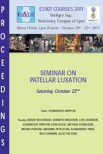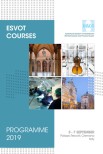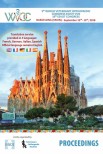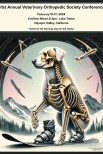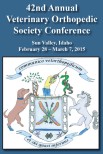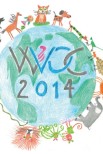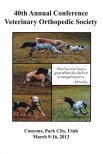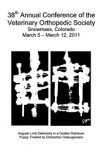Reasons for performing study: Arthroscopy of the fetlock joints is a routine surgical procedure in the horse. It is unclear how much of the articular surface of the condyles of the metacarpal (MCIII)/metatarsal (MTIII) bone can be visualised using either the dorsal or palmar/plantar arthroscopic approach.
Objectives: To investigate which part of the articular surface of the MCIII/MTIII condyles of the fetlock joints can be evaluated arthroscopically using: 1) dorsal approach in combination with flexion; 2) standard palmar/plantar approach; or 3) additional portal at the base of the sesamoid bone with joint extension.
Methods: All 3 arthroscopic approaches were performed on 20 fore- and 20 hindlimbs of 14 cadavers. For each approach, a curette was inserted ipsilaterally to create a lesion at the most distal part of the condyle that could be seen. After disarticulation and placement of a nail in each lesion, the maximally reachable angle was calculated on a perfect lateromedial radiograph. The 0° angle was determined as the distal crossing of the best fitting circle around the condyle with a line parallel to the dorsal MCIII/MTIII bone running through the circle centre (positive angle dorsal to 0°, negative palmar/plantar to 0°).
Results: Using the dorsal approach with flexion, a significantly larger area of visualisation was present in the hind- (−23.4°) compared to the forelimb (+2.7°). Using the palmar/plantar approach (fore: −60.4°; hind: −70.7°) and the approach at the base of the sesamoid bone (fore: −36.3°; hind: −47.6°) more cartilage could be seen in the fore- compared to the hindlimb. When combining the 3 approaches, the remaining nonvisible part measured 38.9° in the fore- and 24.2° in the hindlimb, both located palmaro/plantarodistally.
Conclusions: The use of dorsal and palmar/plantar arthroscopic approaches in combination with flexion and extension of the fetlock joint allows visualisation of the majority of the cartilage of the MCIII/MTIII condyles. The nonvisible section is smaller in the hindlimb compared to the forelimb.
Potential relevance: Knowledge of the specific areas of visualisation of the condyles on arthroscopy is important for both diagnostic and therapeutic planning of fetlock disorders.
